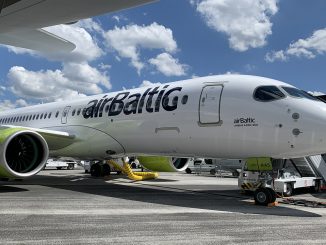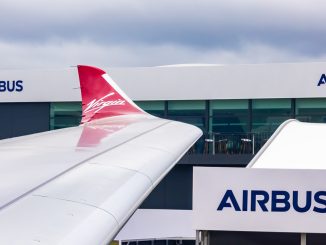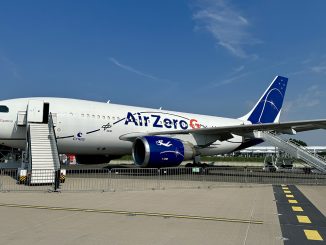
The Airbus A330-800neo has received its ETOPS (Extended Twin-engine Operations) certification for ‘beyond 180 minutes’ operations. This comes some 13 months after the larger -900 model of the A330neo family received its ETOPS certification.
ETOPS is a set of rules dating back to 1953, which allows a commercial aircraft to operate an increased flight-time distance from a suitable diversion airport, anywhere on its route. This is particularly demonstrated on long-haul flights over vast expanses of water. Without any ETOPS certification, a twin engine aircraft must fly within 60 minutes of an active airfield capable of handling an aircraft of its size. ‘Beyond 180 minutes’ certification allows the aircraft to fly 180 minutes from such an airfield, with the ability to seek certification for more, as needed.
When the rules were introduced, it was the early days of the jet engine where reliability was poor when compared to today’s engines, and nearly all twin engine jets are certified for some kind of ETOPS routes. For an ETOPS certification to be provided, the manufacturer must demonstrate that the airframe and engine combination can perform a certain period of run time within a fixed failure margin.
Once certified, ETOPS flights reduce the flight time and fuel consumption of many long haul flights, especially those routing across oceans. This is incredibly important in today’s generation, as quad-jets are being quickly retired, due to the increased fuel efficiency and performance of comparable twin engine aircraft.
The Airbus A330-800 is the smaller of the two A330neo variants, which currently has orders for only 14 of the type, with it yet to enter airline service. It received its EASA and FAA certification in February. The A330-900 has the lion’s share of the order book, with orders for 323 aircraft, which first started deliveries in 2018. Both types are powered exclusively by the Rolls-Royce Trent 7000 engine.
Matt is a Berlin-based writer and reporter for International Flight Network. Originally from London, he has been involved in aviation from a very young age and has a particular focus on aircraft safety, accidents and technical details.



